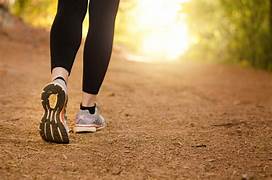Cancer Diary: The (Sometimes Unrealized) Benefits of Walking for Cancer Patients

Carl did not like to walk. That was not the only thing that did him in, but it was one of the things that might have helped him. The benefits of walking can be immense: Walking increases muscular strength , especially lean muscle mass and functional strength. Walking a mile a day has been found to lower the risk of dying from breast cancer and prostate cancer . In addition, walking and aerobic exercise diminishes the side effects of cancer and cancer treatment , such as fatigue, anxiety and depression. See also Walking for Exercise | Cancer Today (cancertodaymag.org) . Walking can improve mental health , thanks to releasing endorphins. Walking can decrease the likelihood of diabetes . Walking can decrease bad cholesterol . Walking can decrease high blood pressure . Walking can reduce cardiovascular risk by 14%. Finally, walking a mile a day can cut risk of dying from prostate or breast cancer by 40% says one study . For another MSI Press blog post on walking...
